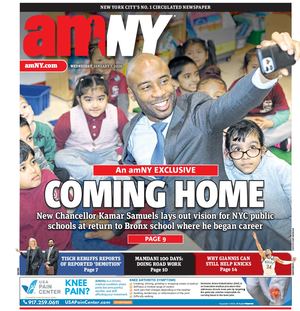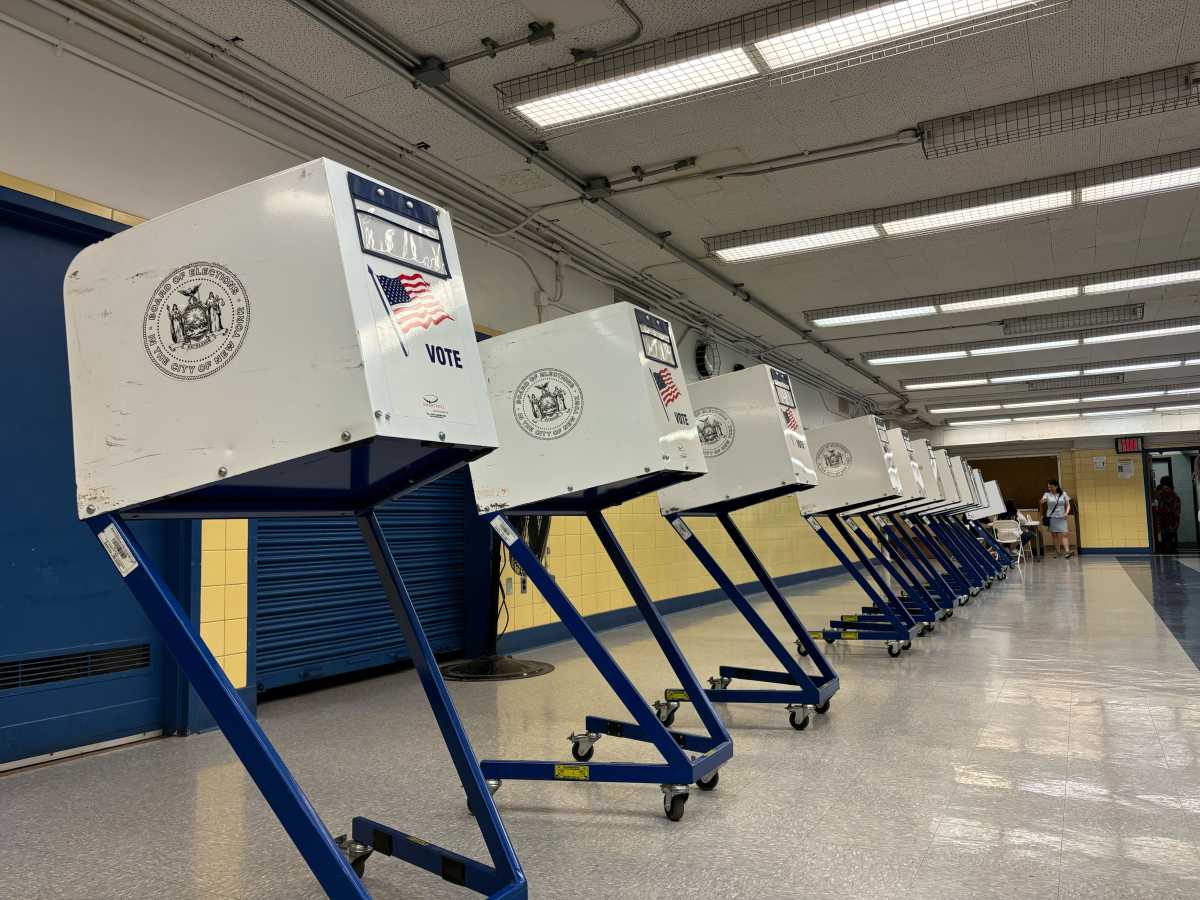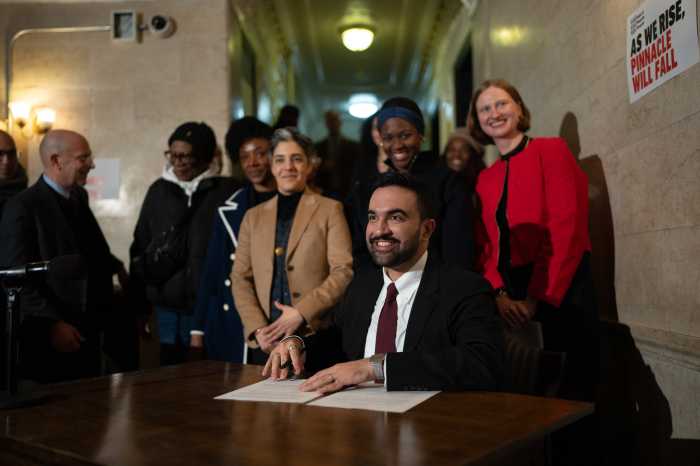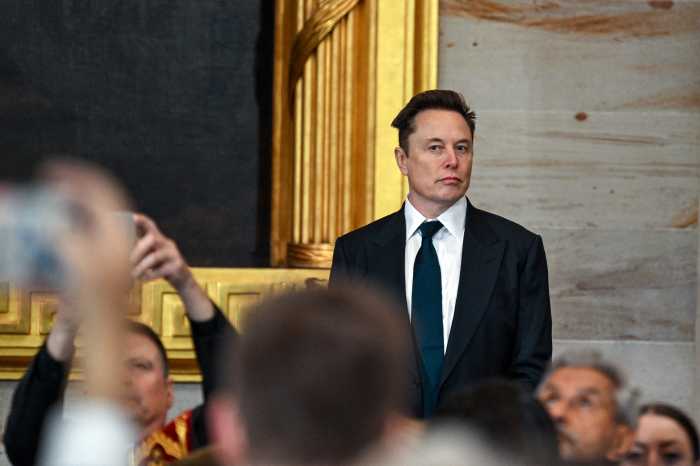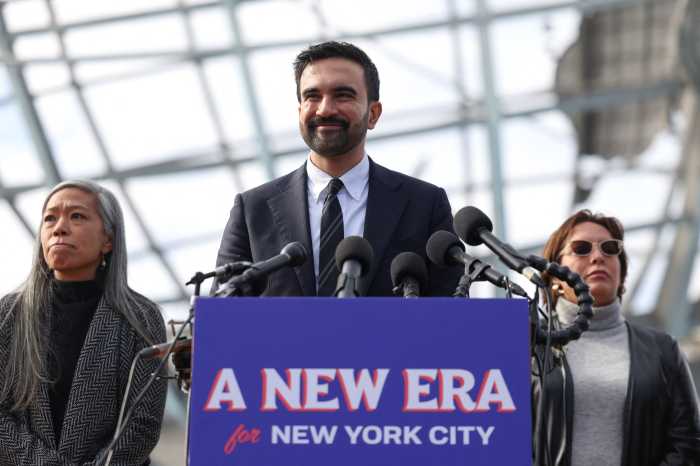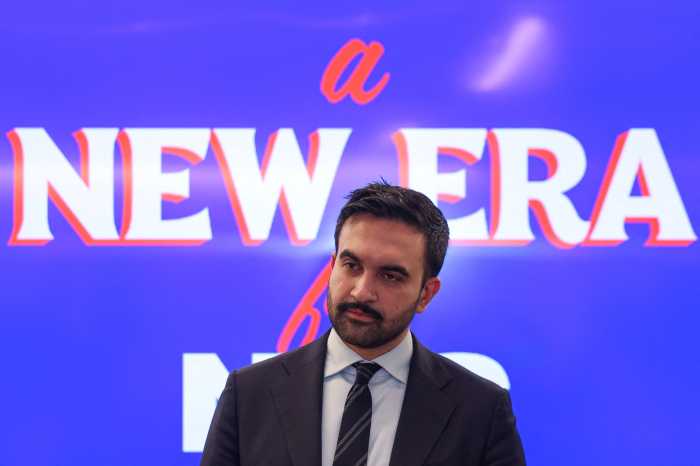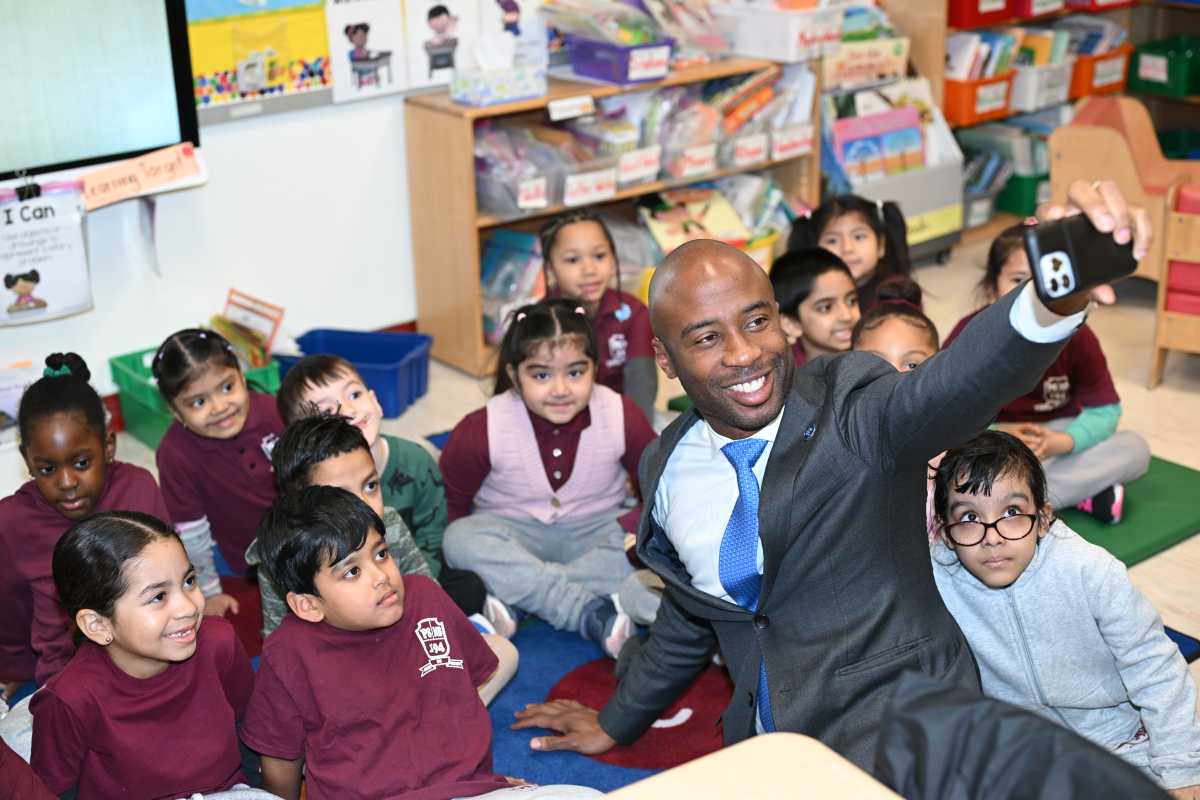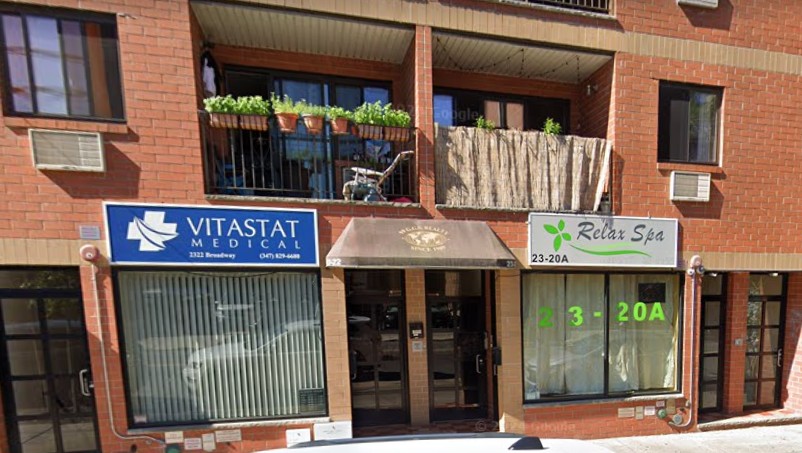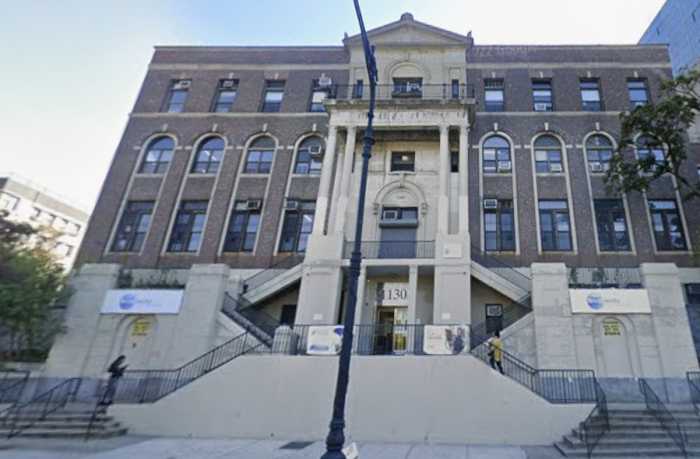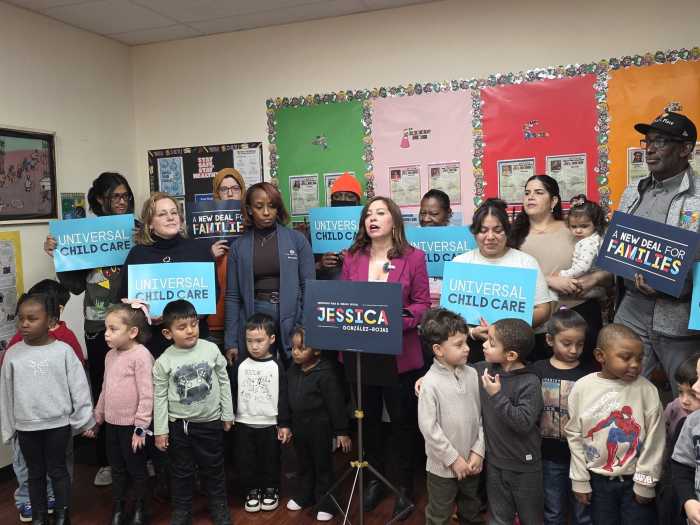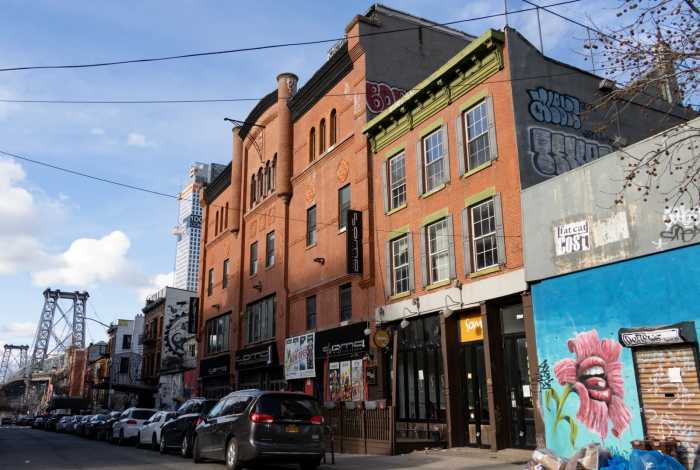Another New York primary election has come and gone, and from the looks of the turnout, it seems few people gave a damn.
Most of the contests involved Democrats, and the primaries in New York are closed; only voters registered with a party may partake in that party’s primary. Republicans, independent and third-party voters were shut out of the Democratic primary; and vice versa, Democrats, independent and third-party voters were shut out of the Republican primary.
State Board of Elections data revealed that an average of 15% of eligible voters statewide took part in the June 25 primaries for Congressional, state legislative, judgeship and intraparty races. As Spectrum State of Politics reported, the actual turnout fluctuated higher or lower, depending on the contests.
For example, the most hotly-contested race in the state — the 16th Congressional District primary between incumbent Jamaal Bowman and eventual winner George Latimer in the Bronx/Westchester area — had a turnout of about 34% in the district. Not a great number, but still reflective of the great interest the contest generated from voters.
By contrast, further south in geography (and on the ballot) in Brooklyn, just 9% of eligible voters in the 41st Assembly District bothered to cast a ballot in the race to fill the seat being vacated by Helen Weinstein, who held the office for 40 years. In all, a little more than 3,700 voters in the entire district (population 137,834) participated in the contest, with the majority choosing City Council Member Kalman Yeger as the Democratic party nominee.
It begs the question: Why do we allow a handful of a party’s registered voters the ability to effectively decide who will represent us in Congress and in Albany? And why are so many registered party voters still not motivated to participate in their party’s primary?
New York has bent over backwards to make voting easier — offering early voting, voting by mail and absentee balloting. Opening every primary in New York to voters of all affiliations, or creating a ranked-choice voting system similar to what New York City has for municipal elections, will help boost turnout incrementally.
The bigger problem for New York is voter apathy. How do you get New Yorkers to care about their democracy?
Unfortunately, the answer to that question is not so simple, and requires much soul searching namely from those in elected office today, those who seek it tomorrow — and the political parties themselves.
New Yorkers have been burned in the past by too many things — political scandal, bad ideas, unkept promises. It’s time for elected officials and those seeking office to do more than just offer themselves as alternatives. They will connect with voters by offering clear visions, following through on their promises, and upholding their offices with respect and integrity.
When New Yorkers believe their legislators care for them, they will care enough to vote again.
Read More: https://www.amny.com/editorial/
